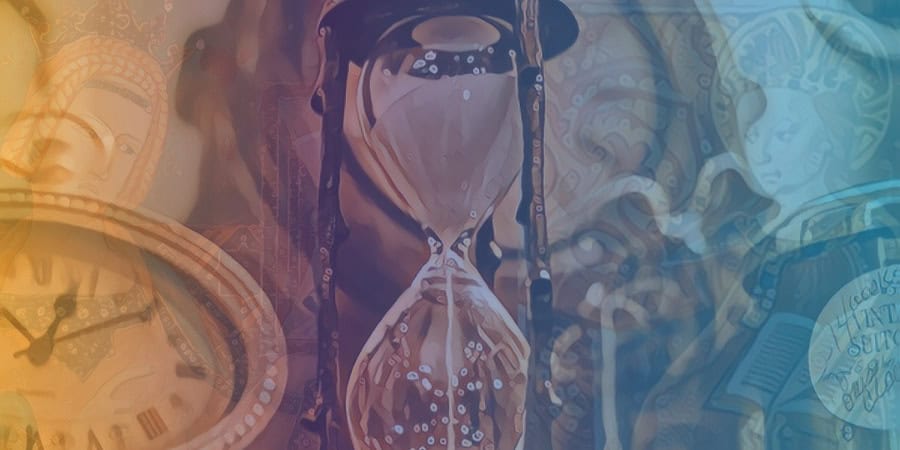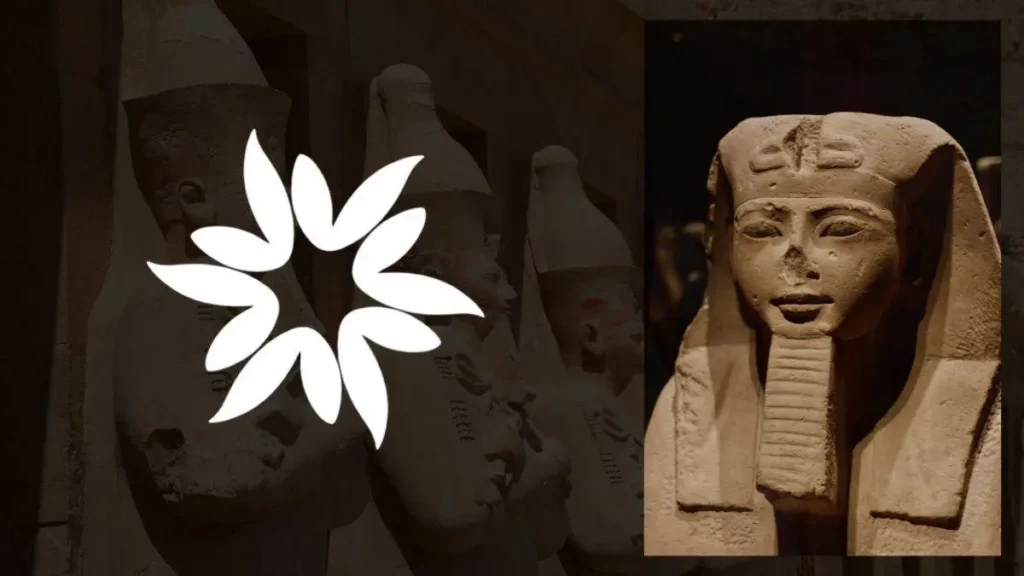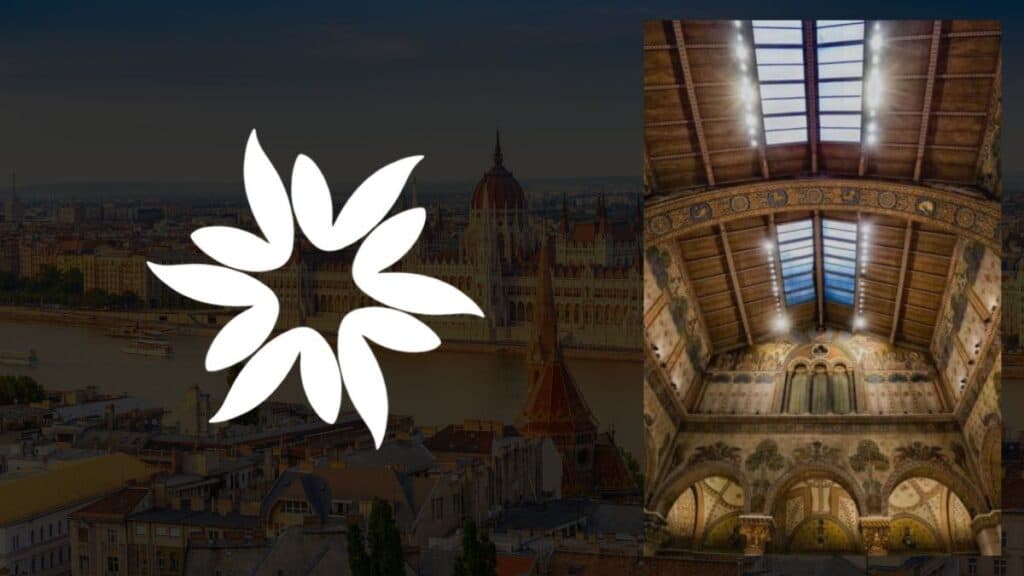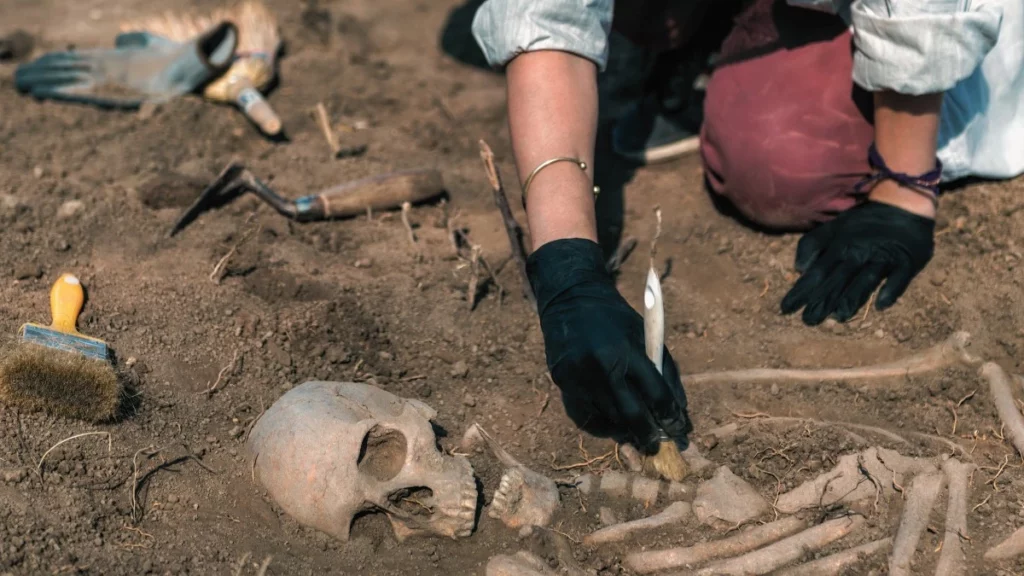Key Takeaways
- Time perception was an essential aspect of medieval culture, reflected in literature and practical applications such as fish time regulations.
- The diverse timeframes that existed within medieval society, such as "merchant's time" and "church time," illustrate the complex nature of time in the Middle Ages.
- Technological advancements have significantly impacted the way time is perceived and managed throughout history, from the earliest sundials to contemporary smartwatches.
- Emotions and personal experiences also influence time perception, adding another layer of complexity to understanding the multifaceted nature of time.
In our fast-paced modern world, we often find ourselves feeling like time is slipping away, whether it’s due to long phone calls, endless video conferences, or simply the hustle and bustle of daily life.
However, this perception of time is not unique to our era, as it was also present in the Middle Ages, demonstrated by the works of Geoffrey Chaucer.
Chaucer, often referred to as the ‘Father of English Literature,’ authored a guide to the astrolabe, a prevalent timekeeping instrument during that period.
His work, Bread and Milk for Children, aimed to make the complex science of time more accessible to a wider audience.
Decoding Time’s Mysteries in Medieval Culture
Recent publications, such as Gillian Adler and Paul Strohm’s book in Reaktion’s Medieval Lives series, investigate the diverse ways in which medieval individuals interpreted time.
The authors delve into a variety of fascinating subjects, including the stages of human life, the wheel of fortune, and the inevitability of death.
They reveal how writers and artists of that era expressed and conveyed divergent, and sometimes conflicting, temporalities.
The book also touches upon the gendered aspect of time and discusses how women occasionally defied it, along with the mystical visions of Julian of Norwich that transcended measured moments, extending into the realm of eternity.
The Progression of Timekeeping Instruments
Throughout history, humans have developed numerous methods to measure time. The ancient Egyptians utilized sundials as far back as 4,000 B.C., before inventing hourglasses and water clocks.
By the 14th century, the mechanical clock emerged, quickly spreading across European cities. The scarcity of surviving material evidence, however, presents challenges for historians studying this period.
Despite the rise of mechanical clocks, astrolabes remained popular for another 250 years.
Adler and Strohm’s book, however, does not delve deeply into historical issues like this, focusing instead on time’s role in medieval literature and imagination.
The continued evolution of timekeeping devices underscores the ever-changing perception of time and its significance in people’s lives.
Medieval Society’s Diverse Timeframes
French historian Jacques Le Goff highlighted the numerous timeframes that existed within medieval society, contrasting ‘merchant’s time’ with ‘church time.’
This concept emphasizes the fact that various segments of medieval society organized and perceived time in distinct ways.
Consequently, understanding time in the Middle Ages becomes even more complex, as different groups relied on unique timekeeping methods and maintained their own ideas about time’s passage.
Throughout history, humans have developed numerous methods to measure time. The ancient Egyptians utilized sundials as far back as 4,000 B.C., before inventing hourglasses and water clocks.

Practical Applications of Time in the Medieval Era
While Adler and Strohm’s work predominantly focuses on the literary and imaginative facets of time, it is crucial to recognize the practical applications of time during the medieval era.
The so-called ‘fish time,’ for instance, involved a complicated system of religious fasting and hygiene regulations that determined the sale of fish, based on factors such as timing and specific stalls.
This practice illustrates how medieval individuals incorporated time into their daily lives and routines.
Another intriguing aspect of medieval timekeeping is the way people often gauged time by distance and vice versa.
This practice exemplifies the connection between space and time in the medieval world, contributing to a more profound understanding of how medieval people perceived and experienced time.
Technological Advancements and Time
Technological progress has significantly impacted the way time is perceived and managed. From the earliest sundials to contemporary smartwatches, timekeeping devices have continually evolved to become more accurate and efficient.
As a result, time management has become more convenient, enabling individuals to organize their lives and make informed decisions.
Emotions and Time Perception
Time perception is not only influenced by technology, but also by emotions and personal experiences.
Time can appear to slow down during periods of sadness or distress, while joyful moments often seem to pass by rapidly.
This intricate relationship between emotions and time perception adds another layer of complexity to understanding the multifaceted nature of time throughout history, including in the Middle Ages.
In conclusion, the concept of time in the medieval period was nuanced, influenced by various factors such as technology, emotions, and societal norms.
By exploring the literature and imagination of the time, as well as the practical applications of timekeeping, we can gain valuable insights into the medieval world and its relationship with time.
The ongoing evolution of timekeeping devices and the multifaceted perceptions of time demonstrate that the human understanding of time is an ever-changing and complex phenomenon that continues to captivate our imagination.








